The best bait to catch a wild animal will depend on the animal in question. When it comes to nuisance wildlife, many of these creatures are...
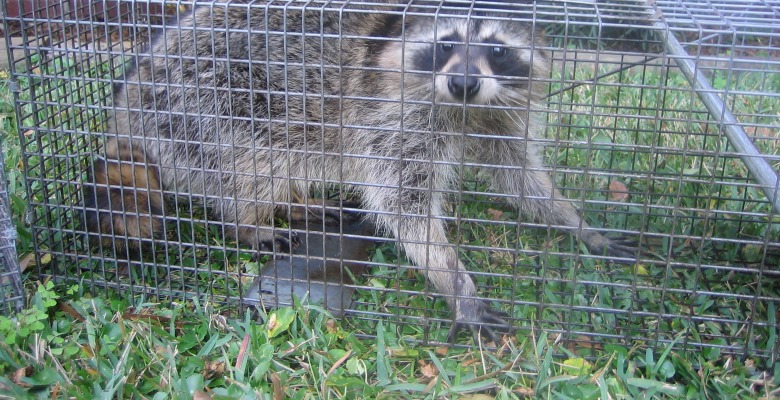
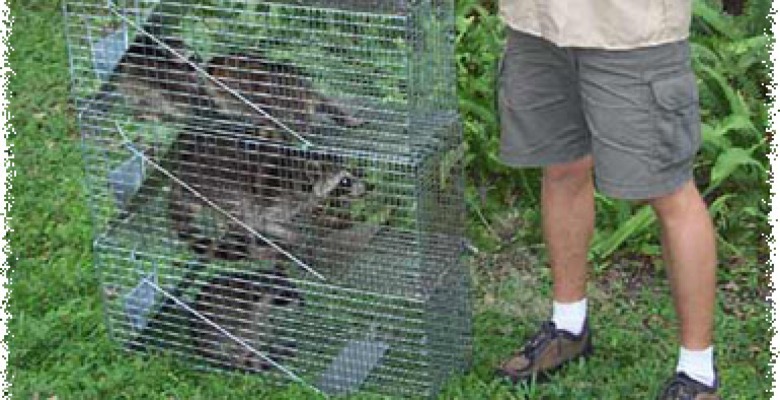
Before any attempt to trap wild animals, call your local wildlife authorities to ensure you have the proper certifications, licenses, or qualifications to undertake the task. Many local and state governments do not allow homeowners to trap animals without prior approval or within appropriate hunting seasons. Some wild animals are completely off limits except for law enforcement and wildlife specialists.
There are several main designs for wildlife traps:
Lethal snap traps: Traps designed to clamp down on an animal with enough force to immediately kill them. The most common example of this type of trap is seen in the everyday snap mouse trap. As with any snap trap, a pressure plate or system in the device is set off when the animal interacts with it. These traps are designed to snap shut with enough force to break the animal’s spine or skull, resulting in a quick death.
Live jaw/snare traps: Often seen as the least humane of all trapping methods, these traps use a pressure or snare system to grab an animal and hold it in place until the trapper can arrive and put it out of its misery. Live jaw traps are designed to latch onto an animal’s leg–often with the use of jagged, sharp metal teeth–and not let the animal go. The traps can snap shut with enough force to break the limb, or synch down so tight circulation to the area is completely lost and the leg becomes cut as the animal struggles. Animals in jaw or snare traps tend to severely injure themselves as they panic, and they become easy prey for other predators in the area.
Live cage traps: Live cage traps are the preferred method of trapping and removal for most animals, even those as large as coyotes. These traps allow wild animals to be handled humanely and possibly be relocated to a new area where they can have a reasonable chance at survival. Unfortunately, using live cage traps requires knowledge of how wild animals think, their habits, and their instincts. Using these traps also requires patience. It will take some time before a wild animal just walks into a care trap.
We can help! As America’s largest wildlife control company, we service over 1000 locations across the USA. Call us today to check our prices in your town.
How to use a cage trap
There two ways to use a cage trap: set it up randomly in your yard and hope for the best, or place it on a pathway you know the animal will travel. Both methods can work, but you’ll meet with the best success if you can increase the likelihood the animal will walk to the trap.
Picking a place to put your trap depends on the animal you are looking to remove. Animals like coyotes will have set trails they walk on; territories they maintain. It may take a few weeks to map out their movement patterns, but once you know where the coyotes are traveling, you can set the trap up in one of those locations. If you have a more localized animal, like a woodchuck under your porch, you can create a pathway by fencing in the area around its burrow, leaving only one exit opening. When the woodchuck wants to leave, it will have to leave through the opening you created and will then encounter the cage trap.
It doesn’t hurt to use bait in your trap, though in the case of the woodchuck it isn’t always necessary. Wait a few days before you place any food in the cage. You need to give the wild animal time to get used to the cage trap being in its area. Once it determines the cage isn’t a threat, then you can attempt to bait it. The type of bait you use will depend on the type of animal you are trying to catch. Just remember, house pets often enjoy the same types of food as animals like skunks, raccoons, porcupines, and opossums. Be sure no domestic animals can accidentally be caught in the trap.
If your trap set up works and you have contained the wild animal you’ve been after, the next step will be to transport that animal at least 10 miles away to a safe location. Again, makes sure you know all the rules in your town or city before taking this step. Some live trapped animals still must be put down depending on local law. To transport the cage with the animal in it, cover the entire cage with a thick blanket. Wild animals–and any animal in general–will calm down when exposed to a dark, quiet environment.
When relocating, make sure you select an area where the animal has a chance at survival. There should be plenty of cover, food and water nearby. Make sure you take the animal to an area it would naturally live in; don’t drop a raccoon off in the middle of ten miles of treeless grassland.
Over 1000 locations across the United States!
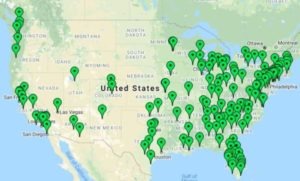

The best bait to catch a wild animal will depend on the animal in question. When it comes to nuisance wildlife, many of these creatures are...
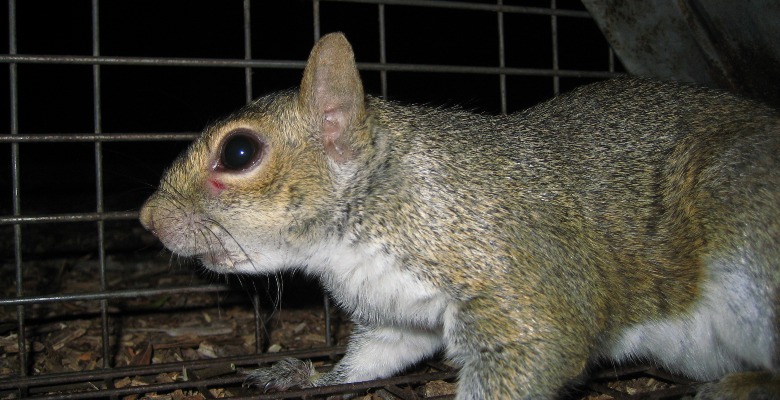
Squirrels are destructive when they are after something they want. We see this in small examples, like around birdfeeders and gardens; a determined...
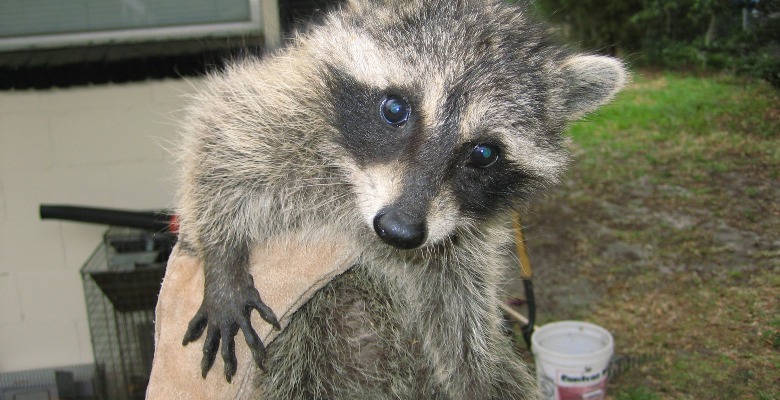
This is an interesting topic, and that's because the answer is different depending on who you ask. The elderly woman next door who leaves out food...